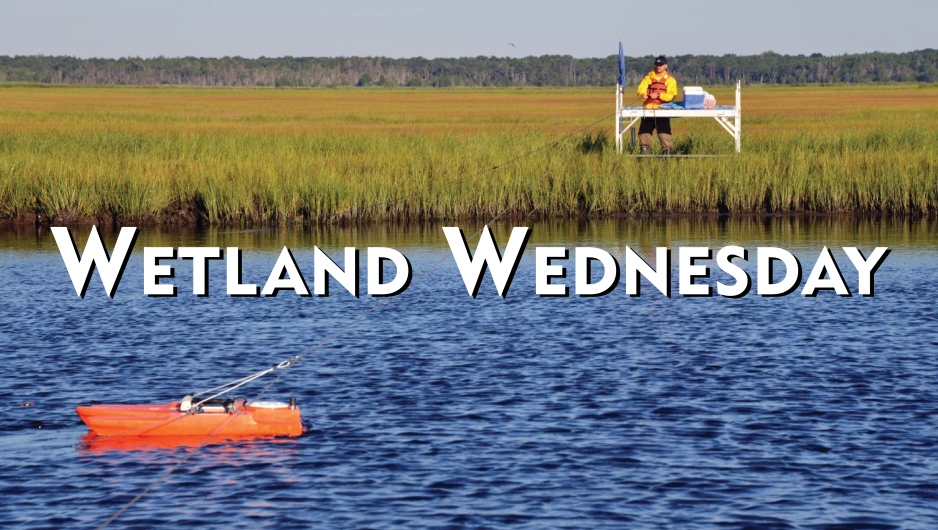Many wetlands of Louisiana receive their freshwater input from the Mississippi river, whose watershed drains approximately 40% of the United States’ waterways. [1] Pollutants get into the river from nonpoint sources, which are things like agricultural runoff, urban runoff from roads and sewage, or precipitation of atmospheric compounds, and thus they are spread into Louisiana’s wetlands.[2] Excessive pollutants deteriorate wetlands because they kill vital plants and animals in the ecosystem, which has feedback onto other species. Before interfering with anything in an ecosystem, we need to understand how the ecosystem functions.
Water quality plays a huge role in keeping wetlands healthy. The term “water quality” refers to several characteristics of a body of water, including salinity, nutrient concentration, turbidity, and dissolved oxygen [3]. These factors contribute to how well individuals can live and grow in the ecosystem associated with that body of water. For example, some plants and animals have a strong preference for either high or low salinity (See Salinity Stress Tolerance article), some prefer higher water levels (see Flooding and Hypoxia article), and some can live in many combinations of conditions.
Turbidity is a measure of how much suspended sediment is in the water column. Higher turbidity causes less light to penetrate to the deeper layers, so highly turbid waters often have less submerged aquatic vegetation. Turbidity can be measured with a Secchi disk or Secchi tube. Dissolved oxygen is important to aquatic plants because they still need to exchange oxygen to carry out their metabolic processes. Dissolved oxygen is measured by either luminescence sensors or electrode oxidation. [4] Many of the instruments that measure different aspects of water quality are combined into a Multiparameter Water Quality Sonde to get multiple measurements from the same sample of water. More information on specific procedures and equipment for measuring water quality can be found at https://www.fondriest.com/environmental-measurements/equipment/measuring-water-quality/.
Measuring water quality as a way of determining wetland health is important to many CWPPRA project locations. Measurements allow ecologists to determine any potential risks or threats from developing a project to the integrity of site’s established ecosystem. Fragile ecosystems can be drastically affected by constructing a project because the projects are likely to alter hydrology, salinity, and may introduce conditions that residents cannot survive. Forming a profile of water quality helps to predict the project’s positive and negative outcomes, and to predict the success and longevity of the project.
[1] https://www.nps.gov/miss/riverfacts.htm
[2] https://www.epa.gov/nps/basic-information-about-nonpoint-source-nps-pollution
[3] https://www.fondriest.com/environmental-measurements/parameters/water-quality/
[4] https://www.ysi.com/parameters/dissolved-oxygen
Featured image from https://phys.org/news/2017-01-technique-quickly-salt-marsh-vulnerability.html


